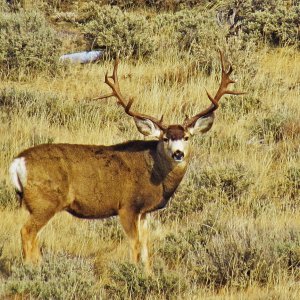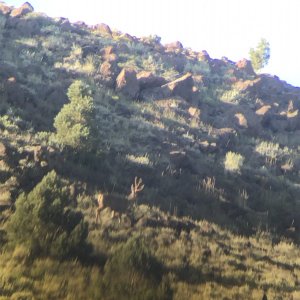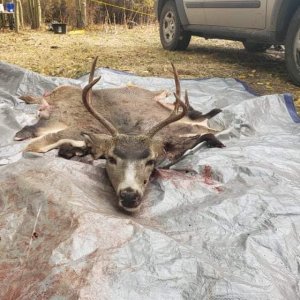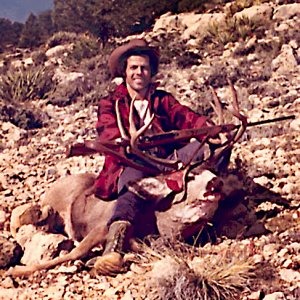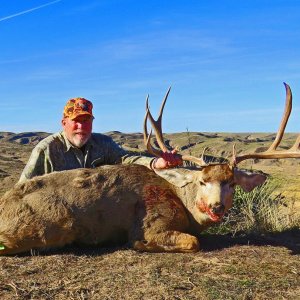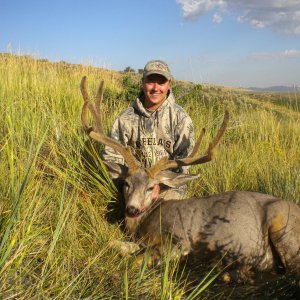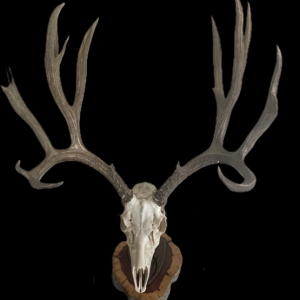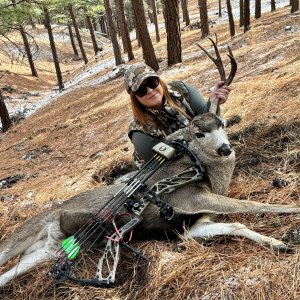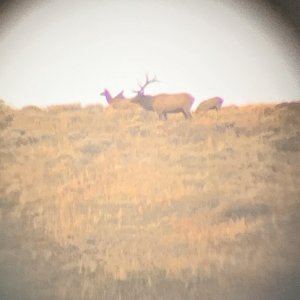Founder
Founder Since 1999
- Messages
- 11,469
I spent the day yesterday with the biologist up in Wyoming. The first thing we did was go look at a deer that had been collared that died.
The collar had already been removed, but upon looking at the deer I noticed that all the hair and skin on the back of the deers neck had been rubbed off by the collar. See the photo and you can see the long wound.
My question was, could something like that become infected and possibly cause a deer in rough shape already because of a difficult winter, to die.?????
What do you all think?


The collar had already been removed, but upon looking at the deer I noticed that all the hair and skin on the back of the deers neck had been rubbed off by the collar. See the photo and you can see the long wound.
My question was, could something like that become infected and possibly cause a deer in rough shape already because of a difficult winter, to die.?????
What do you all think?

